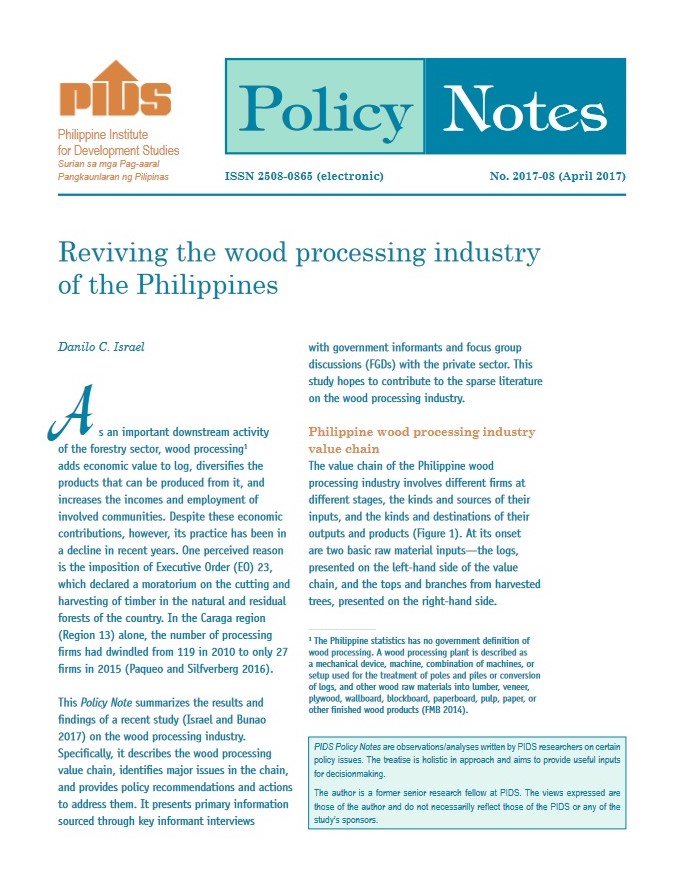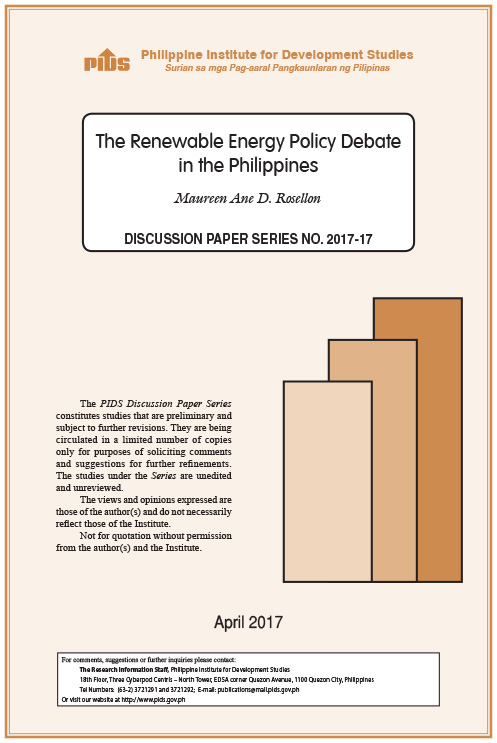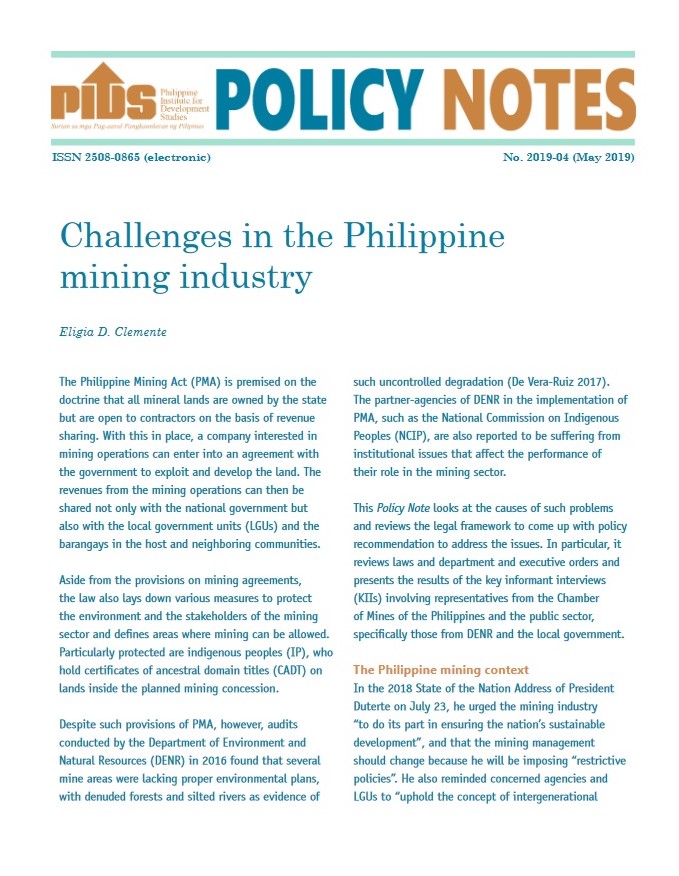THE National Greening Program (NGP) generated about 3.3 million jobs in the first six years of its implementation, but continued to miss its target survival rate for planted seedlings, the Philippine Institute for Development Studies (PIDS) said.
“As of Nov. 30, 2016, the program has generated approximately 3.3 million jobs and employed 462,066 persons in upland and rural communities,” PIDS said in a policy note.
In “Taking stock of the National Greening Program six years hence,” PIDS said employment generated by the NGP increased from 2011-2014, slowing down slightly in 2015 and stagnated last year.
“The data revealed that the employment performance of the NGP may have significantly decreased in 2016 relative to its performance in the past years,” said PIDS.
Meanwhile, the program continued to miss its target survival rates for seedlings planted in 2011-2015.
According to the PIDS, the survival rate of seedlings was only 83% in 2011-2014 and only 82% in 2015.
“While the program targets an annual survival rate of 85%, the actual figures have remained below it. From 2011 to 2015, for instance, the annual survival rate nationally has been 83% except in 2015 when the program registered a survival rate of 82%,” the think tank said.
However, according to PIDS, the NGP will result in “favorable and increasing output effects in the economy” over the years.
Output is expected to increase 0.3% in 2020, 1% in 2030 and 2.5% in 2050 with forestry expected to reach as high as 5.5% of the total NGP output in 2050.
NGP also has the potential to increase household income and decrease poverty.
“The income effects are progressive, with the lowest decile having real household income improvement of 1.4% in 2030 and 3.3% in 2050, while the highest decile having positive real income effects of 1.2% in 2030 and 3.0% in 2050,” said PIDS, adding that poverty incidence will decrease 2.7% in 2030 and 6.34% in 2050.
While PIDS observed positive effects of the NGP on the environment, the design and tree species planted by the NGP are not always appropriate to the sites.
“These fast-growing (soft-wood) species may have been intended to help the people’s organizations earn money in the shortest possible time and address their income and poverty concerns. However, on the environmental side, these species may be of less help as they are shallow rooted and vulnerable to landslides,” said PIDS.
PIDS therefore proposes that the national government review the design of the program in terms of species planted, tree spacing and other technical matters.
The Department of Environment and Natural Resources (DENR) must also identify vulnerable areas in its mapping and planning stage in order to match species with sites.
PIDS also recommends that the government revisit its computation of the survival rate and other technical aspects in monitoring the program.
Additional incentives such as harvesting rights, livelihood support, long-term financing and correction of tenure issues must be provided to communities to sustain plantations in the long-term.
PIDS also suggests additional funds for organizational development and capacity building of the people’s organizations as well as strengthen the DENR to effectively carry out reforestation and rehabilitation.
“The national government should place the ultimate responsibility for all reforestation initiatives on the FMB (Forest Management Bureau)... Alternatively, the creation of a new agency tasked only with reforestation, possibly answering directly to the president, should be considered,” said PIDS. --
National Greening Program created 3.3 million jobs in 6 years -- PIDS












